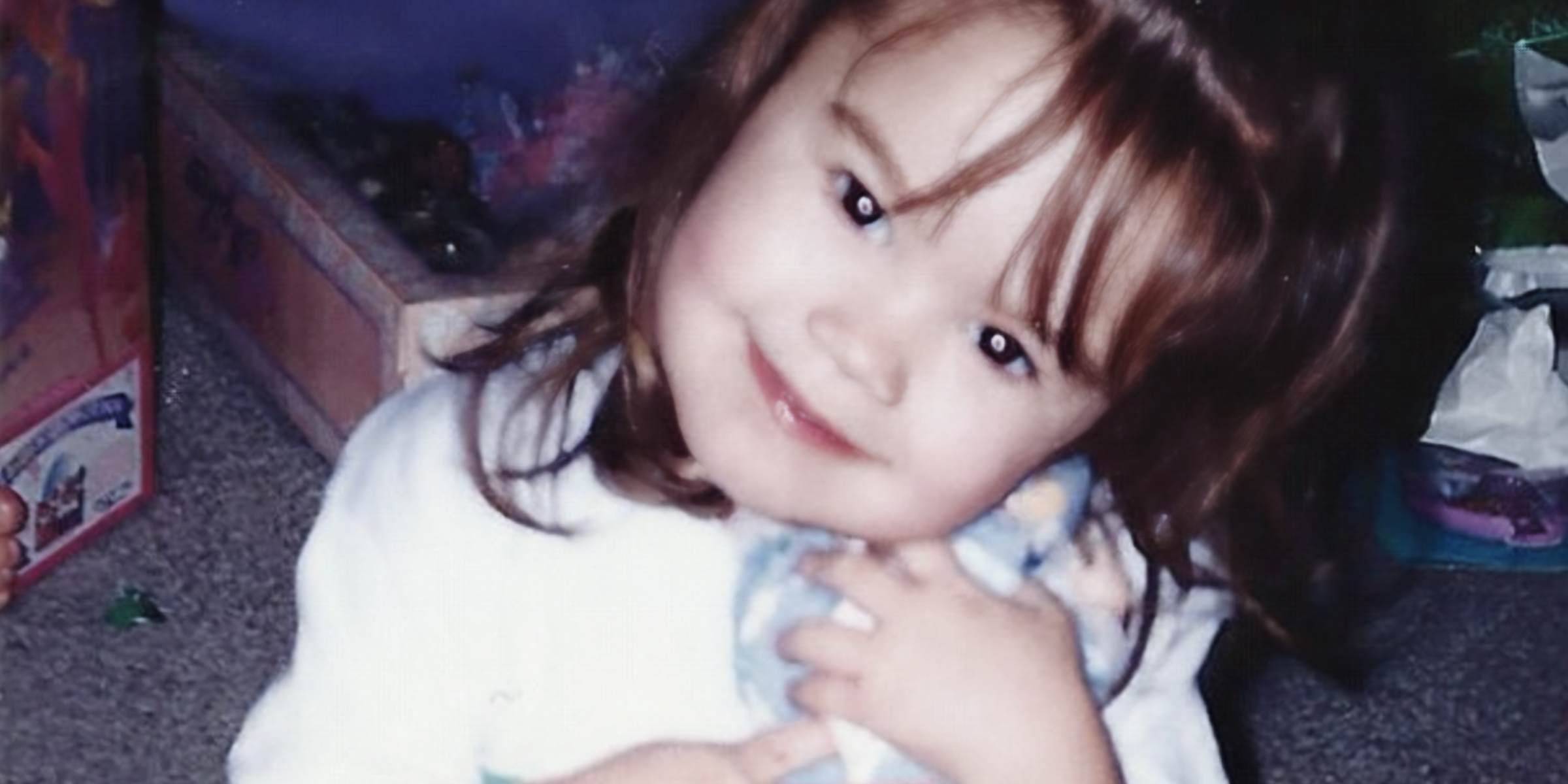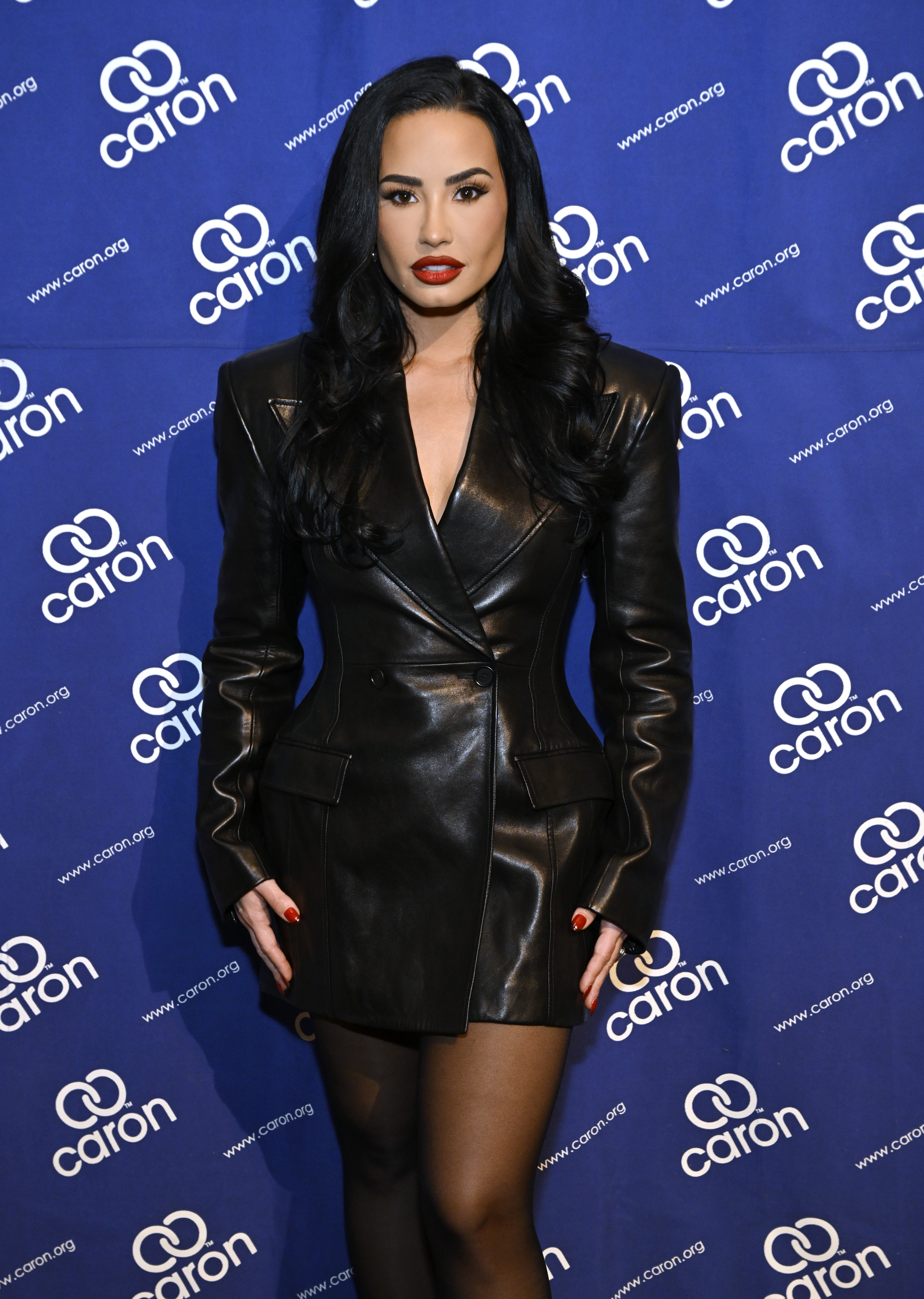
Once Adored by Thousands, This Child Star Faced Bullying That Led to a Battle With Bulimia — What Happened to Her?
Before she sold out arenas, she was a preteen crying alone in her bedroom, convinced the world would be better off without her. The bullying was relentless, leaving scars that fame couldn't erase. Years later, her voice would fill stadiums, but first, she had to learn how to listen to herself.
She gained national attention before her teens and was soon adored by thousands for her acting and musical talent. Behind the scenes, though, she faced severe bullying from classmates who targeted her for her appearance and early fame.
The harassment escalated into cyberbullying and emotional abuse. During this time, she developed an eating disorder that would follow her into adulthood and nearly cost her everything.
Fame at 12, Trauma by 13
She was just a child when she began chasing her dream in front of the camera. Born and raised in Dallas, Texas, the future star's first taste of the spotlight came through pageants, acting classes, and eventually a breakout role on the children’s television series "Barney & Friends."
During that time, she was briefly homeschooled to accommodate her filming schedule, but soon returned to public school. By the time she was 12, she was performing regularly, her talent earning her early recognition and opportunities in the entertainment industry for her acting and vocal talent.
By seventh grade, her classmates knew she was a celebrity. That distinction, instead of earning her admiration, made her a target. What began as routine social drama escalated into something more serious — something that would eventually derail her health and well-being.
It all started after she passed a note in class calling a group of girls "annoying" and saying one of them was acting mean. Those girls were popular, and soon, anyone who wanted to stay in their favor turned against her. After a weekend concert on a military base, she returned to school and found the situation had escalated.
"It was like that scene in a movie where you walk into the lunchroom and everyone just looks at you," she recalled. "I asked them, 'Why are you guys doing this?'... and they were just like, 'Well, you're [...] fat.'" Those words left a lasting impact.
She began internalizing the comments and ridicule constantly thrown at her. The abuse didn't stop there. As one of the first kids in her generation to grow up with social media, she became a target of cyberbullying.

The child star pictured at Chevy Rocks The Future at the Walt Disney Studios on February 19, 2008 | Source: Getty Images
Her mother took the bullying seriously and brought it to the school's attention. However, school officials claimed they couldn't take action because much of the bullying occurred online. Among the most severe incidents was a suicide petition that circulated among students, encouraging her to take her own life.
The emotional fallout was immediate. "I went into a really depressive state... I felt like I didn't have much to look forward to anymore — except for my music," she revealed. "I knew that if I stayed in Texas, I wouldn’t make it out alive." She eventually left public school. Music became her only outlet, but by then, the psychological damage was deep.

The child star pictured with Selena Gomez at "Chevy Rocks the Future" held at the Walt Disney Studios on February 19, 2008 | Source: Getty Images
Even as her fanbase grew, she found herself afraid of those who reminded her of her former classmates. "I was excited to meet them, but at the same time, I knew what they were capable of," she said. That fear and isolation fed into something deeper.
"Nobody loves a fat rock star. Guess I'll have to starve myself so people will like me," she once wrote in her diary. While the world saw a rising star, behind the scenes, she was hiding a secret battle — one that grew more dangerous by the day.

The former child star performs at the Quick Chek New Jersey Festival of Ballooning on July 26, 2008 | Source: Getty Images
Starvation and Secrets: The Onset of Bulimia
As her fame grew, her struggles intensified. While performing in front of thousands of fans, she was quietly struggling with a devastating combination of bulimia, compulsive overeating, and self-harm. But her relationship with food had been unhealthy long before fame intensified the pressure.
"I was compulsively overeating when I was eight years old," she shared. The condition that shaped much of her adolescence and early adulthood — bulimia nervosa — is more than an eating disorder. It's a serious mental health condition that can affect every aspect of a person's physical and emotional well-being.

The singer and actress pictured during the "Hannah Montana" premiere in April 2009 | Source: Getty Images
For those like this singer who struggle with it, the disorder often begins with the belief that their value is tied to their appearance, and that controlling food is the only way to feel in control at all.
Bulimia nervosa is defined by cycles of consuming large amounts of food in a short period, followed by purging behaviors like vomiting, excessive exercise, or misuse of laxatives.

The singer arrives at the VH1 Do Something Awards at the Hollywood Palladium on August 14, 2011 | Source: Getty Images
According to the Cleveland Clinic, this disorder is marked by an overwhelming fear of weight gain and a distorted self-image, often leading to extreme behaviors that can have life-threatening consequences.
There are two main types of bulimia:
- Purging type, which involves vomiting or using substances like laxatives, diuretics, or enemas.
- Nonpurging type, which includes fasting or over-exercising to avoid weight gain.

The singer arrives at Teen Choice 2011 at the Gibson Amphitheatre on August 7, 2011 | Source: Getty Images
Symptoms can vary widely, but some of the most common include:
- Binge eating followed by purging
- Shame or guilt after eating
- Depression, anxiety, and mood swings
- Low self-esteem
- Constipation or irregular periods
- Bloodshot eyes or swollen cheeks due to vomiting
- Muscle weakness or fainting
The disorder doesn't always look the same from person to person. In some cases, even small amounts of food can trigger purging, and the behaviors may be hidden for years. As in her case, people often suffer in silence, keeping their illness secret even from those closest to them.

The singer attends the MTV Video Music Awards on September 7, 2008 | Source: Getty Images
Although the exact causes of bulimia are unknown, researchers believe it's influenced by a mix of genetics, environmental pressures, and learned behaviors. Media portrayals of beauty, stress, and emotional trauma can all contribute to the development of the disorder.
But while bulimia is serious, recovery is absolutely possible. As she would later prove, with treatment, support, and the right tools, it is possible to break the cycle and rebuild a healthier relationship with food and with oneself.

The singer attends the American Music Awards on November 23, 2008 | Source: Getty Images
Diagnosis and Treatment
By age 11, she had begun cutting herself, deliberately injuring her wrists to cope with overwhelming emotions. At the same time, she was severely restricting her meals and performing concerts on an empty stomach. Her body and voice — the very tools of her success — were paying the price for her silence.
By the time she turned 16, her behavior was already a major concern. Her mother suspected drug and alcohol use but struggled to maintain parental authority. "What do you say to your child when she is the one paying most of the bills?" she wondered.

The singer arrives at Miley Cyrus' "Sweet 16" Celebration" at Disneyland on October 5, 2008 | Source: Getty Images
At 18 years old, the weight of secrecy and emotional exhaustion finally brought her to a breaking point. After an incident during a tour where she lashed out at someone close to her, she agreed to enter a treatment center. It was there that she began to face the full scope of her struggles, including an unexpected diagnosis.
During her three-month stay at the facility, she received treatment for anorexia, bulimia, substance abuse, and cutting. But what she didn't anticipate was the discovery of a more complex condition that had gone undiagnosed for years. "I never found out until I went into treatment that I was bipolar," she explained.

The singer pictured at The Tryst Puerto Vallarta on April 26, 2025 | Source: Getty Images
Learning about her bipolar disorder helped explain the severe mood swings, emotional dysregulation, and impulsive behaviors that had haunted her throughout her teen years. Therapy provided her with new tools, and for the first time, she began to understand how her mental health had influenced her self-image and decisions.
The decision to get help didn't just change her path. It likely saved her life. As the star, Demi Lovato, worked to rebuild herself, her family was facing struggles of their own.

Demi Lovato speaks onstage during Teen Vogue Summit 2024 on November 23, 2024 | Source: Getty Images
Family Ties and Shared Trauma
In 2018, her mother, Dianna De La Garza, published a memoir that revealed she had battled anorexia since childhood, coped with PTSD from her first marriage, and developed an addiction to Xanax. She also faced depression and suicidal thoughts.
Shortly after her daughter completed a three-month treatment program in 2010, De La Garza experienced a breaking point of her own. "I just had this breakdown," she revealed. That moment led to a family-led intervention. Her daughters packed her bags, bought her a plane ticket, and encouraged her to seek help at the same treatment facility.

Dianna De La Garza and Demi Lovato attend the Baby2Baby Mother's Day celebration on April 23, 2024 | Source: Getty Images
De La Garza later spent 12 months in a sober living facility in Santa Monica. It was a turning point for their family. "Those things combined really were what set our family on the path to becoming mentally healthy," she said.
Their shared experiences laid the foundation for open conversations about mental health and strengthened the child star's resolve to speak out. What had once been a secret became the core of her public identity: survival, recovery, and advocacy.
Making Amends and Becoming an Advocate
As Lovato's recovery progressed, she embraced a 12-step program that included confronting past resentments. One of those was the girl who led the bullying in seventh grade. Though they hadn’t seen each other since, she decided to call her. It was part of her ninth step — making amends.
After her initial stay in treatment, she stepped back into the spotlight with renewed honesty. She moved into a sober living facility in Santa Monica, where she spent a full year focusing on her mental and physical health.

Demi Lovato attends Caron Treatment Centers' New York Gala on April 21, 2025 | Source: Getty Images
Her struggles, once hidden, became central to her mission. She began speaking publicly about bullying, mental health, and eating disorders. "That was really my first taste of activism work — being an advocate for anti-bullying," she said. Turning her pain into purpose gave her story new meaning.
She later co-founded Cast Centers, a treatment facility where she once sought help. During her "Tell Me You Love Me" world tour, she offered free counseling sessions through the center to fans in need.

Demi Lovato is seen leaving a recording studio on July 15, 2025 | Source: Getty Images
Even as a Grammy-nominated artist and best-selling author, Lovato never distanced herself from her past. Instead, she has used her platform to normalize conversations around mental health and offer resources for others still struggling.
If you or someone you know is considering suicide, please contact the National Suicide Prevention Lifeline at 1-800-273-TALK (8255), text "help" to the Crisis Text Line at 741-741, or go to suicidepreventionlifeline.org.
The information in this article is not intended or implied to be a substitute for professional medical advice, diagnosis or treatment. All content, including text, and images contained on news.AmoMama.com, or available through news.AmoMama.com is for general information purposes only. news.AmoMama.com does not take responsibility for any action taken as a result of reading this article. Before undertaking any course of treatment please consult with your healthcare provider.
The National Suicide Prevention Lifeline is 1-800-273-8255. Other international suicide helplines can be found at befrienders.org.
